Primary Election Results in Senate Leadership Shakeup
24 May 2024, by Sara Westbrook Share :The Idaho Primary Election on Tuesday was marked by numerous legislative match-ups decided by narrow margins. This year, more Republican and Democratic incumbents faced challengers than in the past, resulting in a significant shift. Sixteen incumbents were unseated, including some who had won against past House and Senate members in prior elections. These challengers, many of whom were grassroots candidates or represented emerging political movements, underlined the magnitude of the changes.
Senate Pro Tempore Chuck Winder, currently serving his 8th term, suffered a surprising defeat, losing to Josh Keyser, who received 52% of the vote. Record amounts of money poured into the state from outside sources targeting the Pro Tempore and Speaker of the House races, undoubtedly affecting the outcome. Changing demographics or voter sentiment may also have attributed to the unanticipated result. Keyser will face Democrat Andy Arriaga in the general election.
Only 27 of the 105 seats in the legislature were determined on Tuesday night, with Eastern Idaho seeing the least turnover. Only one incumbent in that region experienced a loss in the Primary—Julianne Young, who is finishing her third term in the House. Her opponent, Republican Ben Fuhriman, will face Democrat Breane Buckingham in November. The remaining seats will not be determined until the general election, keeping the final makeup of the House and Senate uncertain.
Turnout varied across the state, ranging from 16.3% in Nez Perce County to 55.3% in Camas County. Notably, turnout was significantly higher in more rural areas of the state, indicating a strong political engagement in these regions. This diverse pattern of voter participation adds an interesting dimension to the election results. For a deeper dive into the turnout numbers and voting patterns in these areas, look at the visualization IAC Research Analyst Chase Christensen created below.






